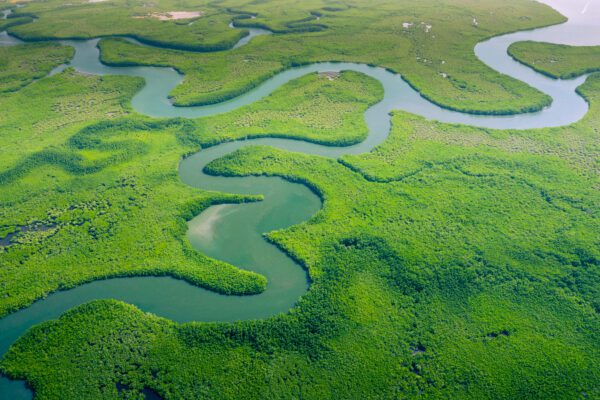
Why Climate-Resilient Cities Are Non-Negotiable
Building climate-resilient cities is not optional; it is essential. Our cities must evolve as climate conditions intensify.
Climate change is no longer a distant threat—it is reshaping our cities today. Urban areas, home to over half the world’s population, are on the frontline of climate impacts: heatwaves, floods, droughts, rising seas, and extreme storms. These risks jeopardise lives, infrastructure, and economies.
Building climate-resilient cities is not optional; it is essential. Resilient urban systems anticipate, absorb, adapt to, and recover from climate shocks while safeguarding essential services and human well-being. Notably, the most vulnerable communities bear the most significant burden.
Our cities must evolve as climate conditions intensify. This means flexible land-use planning, adaptive infrastructure, and policies that foster continuous learning and innovation. And resilience should work with nature, not against it. Integrating natural systems into urban design reduces risk and enhances liveability.
Climate-Resilient Urban Design: Turning Risk into Opportunity
Cities can transform climate challenges into design opportunities through green and blue infrastructure:
- Green Infrastructure: Urban forests, green roofs, rain gardens, and bioswales to manage water, reduce pollution, and cool cities.
- Blue Infrastructure: Wetlands, permeable pavements, coastal buffers, and mangroves to store and channel water sustainably.
Climate-sensitive planning embeds climate data into every decision—where we build, how we design, and how land is used. Future-proofing buildings means elevating structures, using flood-resistant materials, and integrating renewable-powered microgrids and smart water systems.
Transport networks must also adapt. Shifting to low-carbon transit—upgraded public transport, cycling infrastructure, and pedestrian-friendly streets—cuts emissions and improves air quality.
Governance and Engagement: The Backbone of Resilience
Strong urban governance and community engagement are vital. Cities should conduct climate risk assessments to inform policies and investments. Collaboration across departments—water, housing, transport—ensures integrated solutions.
Rotterdam: Rotterdam’s climate resilience strategy centres on green and blue infrastructure, nature-inclusive design, and adaptive public spaces. Projects like Hofbogenpark and Watersquare Benthemplein integrate rainwater storage, biodiversity, and community use. The Seven City Projects create a green axis, mitigating flooding, enhancing liveability, and embedding climate adaptation into urban planning and development. (How ‘sponge city’ Rotterdam is adapting to climate change).
Singapore: ABC Waters enhances climate resilience by transforming concrete drains into naturalised waterways and creating multifunctional landscapes. These spaces manage stormwater, reduce flood risk, and improve water quality while providing recreational areas and habitats for biodiversity. By integrating nature-based solutions, the programme supports sustainable urban development and adaptive capacity against climate change impacts (How to make cities more “water-sensitive” – NUS Cities).
These cities prove resilience is achievable—and beneficial.
Financing and Regulation: Investing in Our Future
Resilience requires bold investment. Local and national governments must mobilise funds for drainage systems, flood defences, green infrastructure, and early warning systems. Public procurement should favour low-carbon, resilient materials and technologies.
Businesses must integrate climate risk into strategy and disclosures (TCFD, IFRS S1/S2), ensuring transparency and preparedness.
Climate-resilient cities are not just a necessity
They are an opportunity to create healthier, more sustainable, and inclusive urban environments. By aligning planning, infrastructure, governance, and community engagement with resilience principles, we can protect lives, safeguard economies, and improve quality of life for all.
The time to act is now. Every pound invested in resilience saves multiples in avoided losses—and builds cities that thrive in a changing climate.
If you have any questions or would like to discuss how our experts could best support you, please contact our ESG consultants today.










